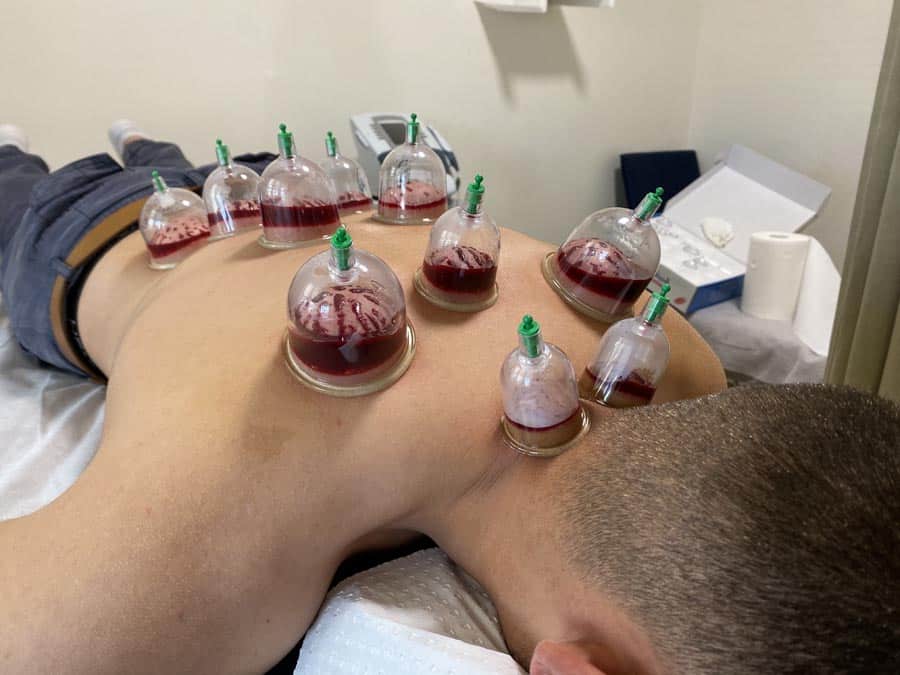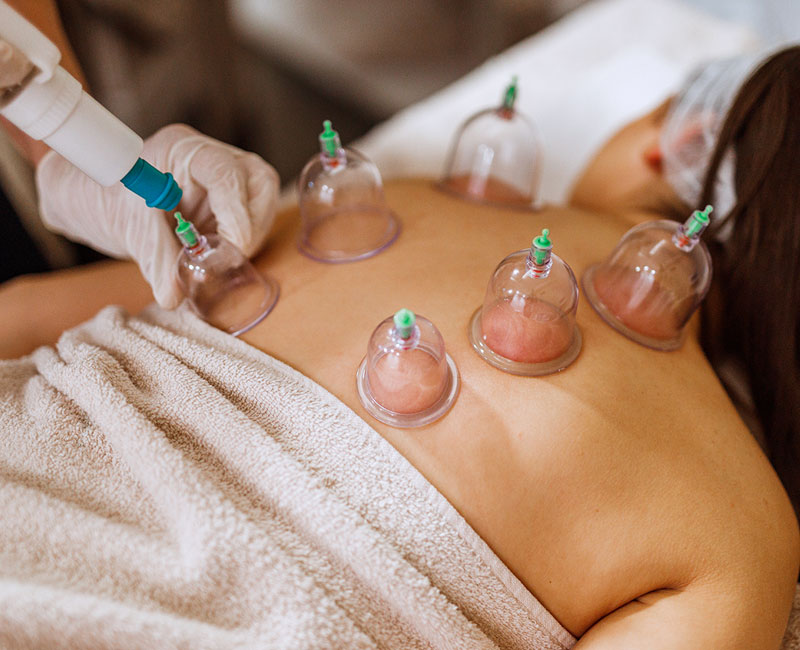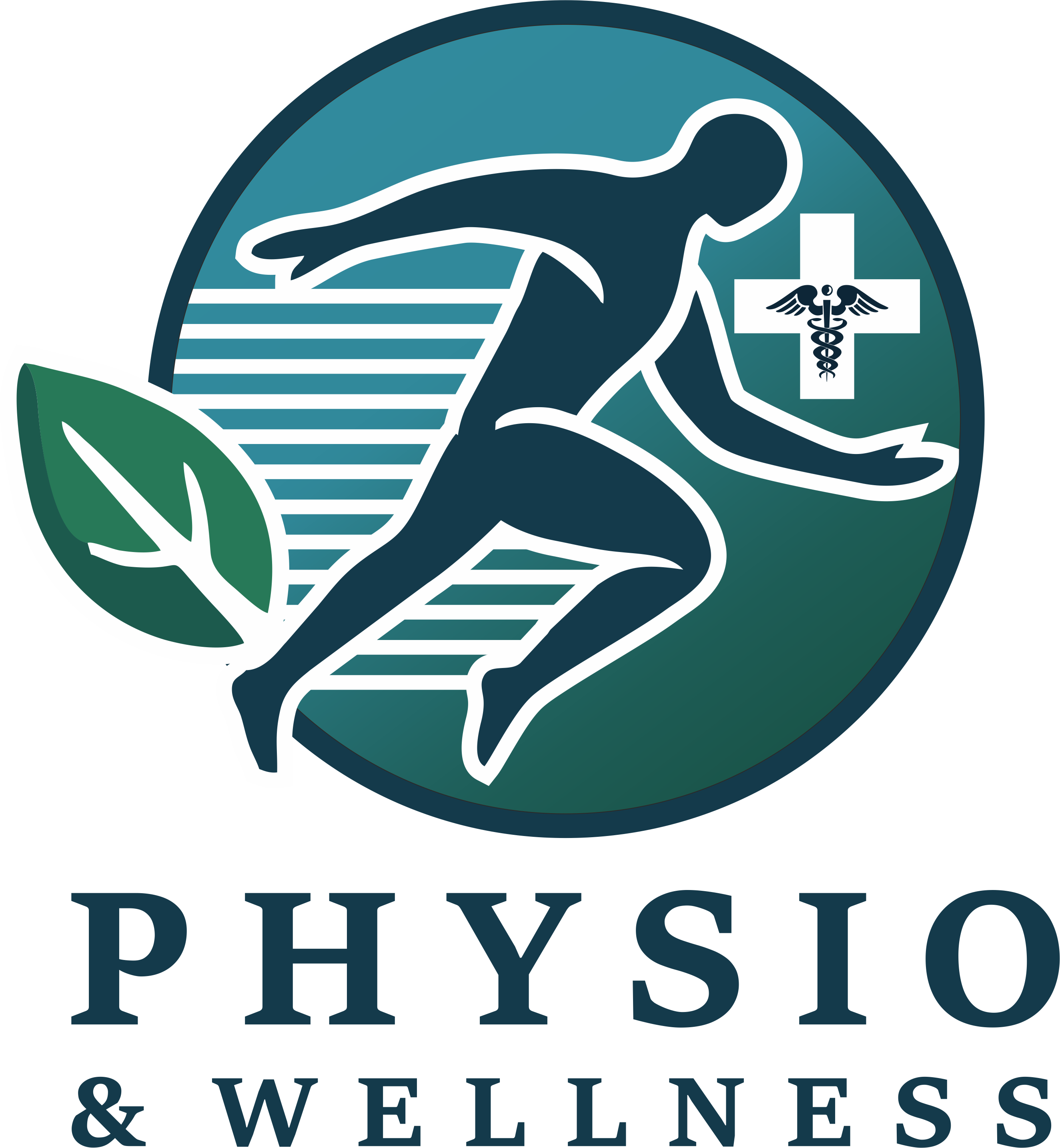Cupping Therapy
Cupping therapy has gained significant popularity as an alternative medical practice recognized for its potential health benefits. This ancient technique involves placing cups on the skin to create a vacuum, which stimulates healing and improves blood circulation. In this article, we explore the historical roots of cupping therapy, explain how it works, discuss its different types, indications and contraindications, and highlight its benefits and effects. We’ll also cover what to expect before and after a cupping session, along with a look at alternative forms of this therapy.

Understanding the Mechanisms of Cupping Therapy
Cupping therapy works by creating suction on the skin's surface, functioning similarly to suction cup therapy. This process causes the underlying tissues, including the skin, muscles, and fascia, to be gently pulled upward into the cups. The suction is typically achieved through a variety of methods, such as heating the inside of glass cups with fire before quickly placing them on the skin, or by using modern mechanical suction devices that create a vacuum. As the vacuum forms, blood is drawn to the surface, increasing local circulation and encouraging the removal of toxins from the body. This enhanced blood flow helps to loosen tight muscles, relieve deep-seated tension, and reduce inflammation. Additionally, in the context of traditional Chinese medicine.

Advantages of cupping therapy
Pain Relief: Cupping therapy benefits as it can alleviate chronic pain by enhancing blood circulation and reducing inflammation.
Stress Reduction: The cupping therapy benefits are that it promotes relaxation, reduces stress levels, and enhances overall well-being.
Detoxification: Cupping therapy benefits in the removal of toxins and metabolic waste from the body.
Improved Immunity: By stimulating blood flow and lymphatic drainage, cupping therapy benefits are enhanced immune system



.png)